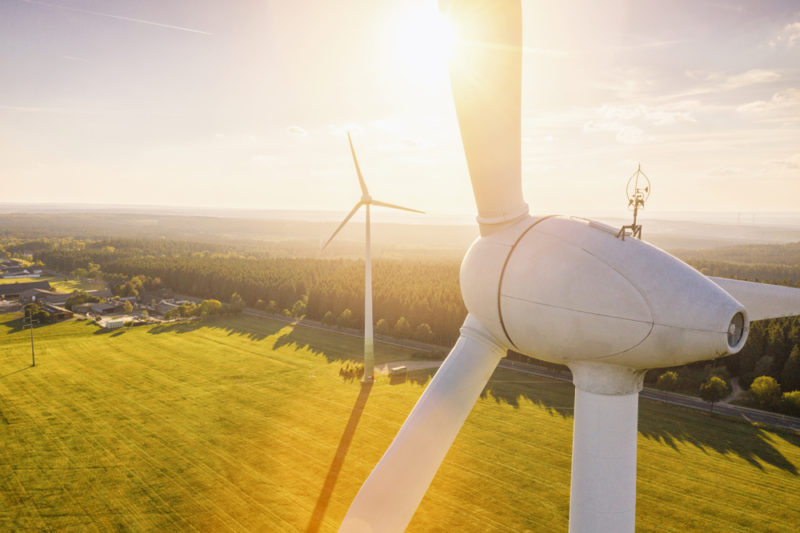Sen. Collins stresses importance of funding wind energy program

U.S. Sen. Susan Collins (R-ME) questioned the Department of Energy’s proposal to cut funding for its Wind Energy Program and the Office of Energy Efficiency and Renewable Energy.
“Today, nearly 16,000 megawatts of offshore wind capacity and more than 4,000 offshore wind turbines have been installed in Europe alone. In comparison, only 30 megawatts of offshore wind has been installed in our country,” Collins said, speaking at a Senate Energy and Water Appropriations Subcommittee hearing this week “The problem is that the United States is falling farther behind in the global race to harness clean renewable offshore wind energy. And yet the irony is within 50 miles off the U.S. shores, there is enough offshore wind capacity to power the country four times over, and nearly 60 percent of that capacity can be harnessed by using floating offshore wind technologies.”
She also discussed the importance of the University of Maine’s wind energy project, Aqua Ventus.
“This is an area where a consortium led by the University of Maine is leading the way, and I’m very excited about this possibility,” Collins said. “I would ask you: is the Department prioritizing the advancement of offshore floating wind turbines as part of its domestic innovative clean energy technologies?”
DOE Secretary Rick Perry praised the Aqua Ventus project.
“They’ve been a very good partner—integral partner—with us at DOE,” Perry said. “To empower states…to go develop these alternative sources of energy, whether its advanced nuclear reactors or whether it’s these offshore wind platforms, is very, very wise for us as a country.”
Maine Aqua Ventus is a floating offshore wind pilot project to develop a clean, renewable energy source off Maine’s shores. This demonstration project, which has two turbines, is located south of Monhegan Island. Each floating hull/turbine is held in position by three marine mooring lines anchored to the seabed. The electrical generation is connected by subsea cable to the Maine power grid on shore.
Maine Aqua Ventus has gotten about $13 million from the DOE and is eligible for additional federal funding. The Aqua Ventus demonstration project will likely be the first deepwater floating offshore wind project in the Americas.
